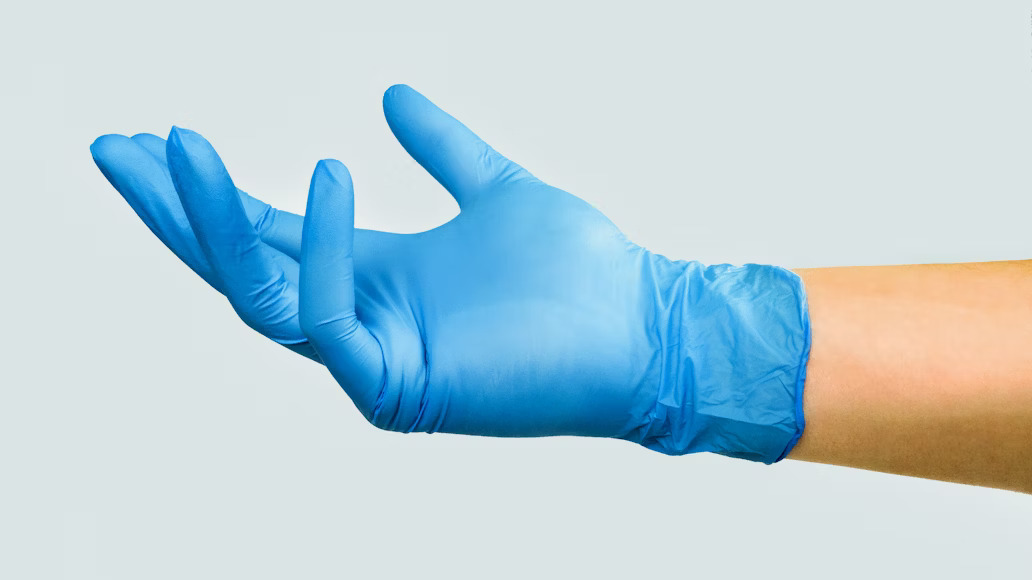The Surgical Technologist exam is a major milestone for anyone pursuing a career in the operating room. Passing this exam demonstrates that you have the knowledge, skills, and professionalism needed to support surgeons, nurses, and patients in a high-stakes environment. But like any certification exam, success requires preparation and a solid understanding of the most common topics that appear on the test.
By reviewing sample questions and answers, future surgical technologists can build confidence, strengthen weak areas, and get comfortable with the exam’s style. Below, we’ll walk through 10 of the most common surgical tech exam questions and provide detailed explanations of each answer. Use these as a study guide and confidence booster as you prepare for your own certification.

1. What is the purpose of surgical asepsis?
Surgical asepsis refers to the practices and techniques used to prevent contamination of the surgical field. The purpose is to maintain a sterile environment to protect the patient from infection. This involves sterilizing instruments, using sterile drapes, and ensuring the surgical team follows strict protocols.
Answer: Surgical asepsis prevents microorganisms from entering the sterile field and reduces the risk of surgical site infections. It is fundamental to patient safety and one of the most tested concepts on the exam.
2. Which part of the surgical gown is considered sterile?
On the exam, you may be asked about sterile zones of gowns and gloves. The sterile area of the gown is limited to certain parts of the body to reduce contamination risk.
Answer: The sterile area of the gown includes the front from chest to waist and the sleeves from two inches above the elbow to the cuff. The neckline, shoulders, and areas below the waist are considered unsterile.
3. What is the correct order for donning sterile gloves?
Knowing the sequence for donning sterile gloves is critical. Incorrect technique can compromise the sterile field.
Answer:
- Open the glove package without touching the inside.
- With the non-dominant hand, grasp the inside cuff of the glove for the dominant hand.
- Insert the dominant hand into the glove.
- With the gloved dominant hand, slide fingers under the cuff of the second glove.
- Insert the non-dominant hand carefully.
This sequence ensures sterility is maintained throughout the process.
4. What instrument is commonly used to clamp blood vessels?
Surgical technologists must be familiar with instruments and their uses. This type of exam question tests your ability to quickly match tools to their functions.
Answer: A hemostat is the most common instrument used to clamp blood vessels during surgery. Variations like Kelly clamps or mosquito clamps may also appear depending on vessel size.
Become job-ready with Health Tech Academy—sign up for our Surgical Technology bootcamp today.
5. What is the difference between disinfection and sterilization?
The exam often includes infection control questions. Understanding the differences between levels of decontamination is essential.
Answer:
- Disinfection eliminates most microorganisms but not all spores. It is appropriate for surfaces and non-critical equipment.
- Sterilization destroys all microorganisms, including spores, and is required for surgical instruments and items that contact sterile tissue.
6. What are the stages of anesthesia?
Questions on anesthesia test your knowledge of patient safety during surgery. Recognizing stages helps surgical technologists anticipate needs.
Answer: The four stages are:
- Induction – Patient loses consciousness.
- Excitement – Involuntary movements may occur.
- Surgical anesthesia – Patient is fully unconscious, muscles relaxed, and ready for surgery.
- Overdose – Too much anesthesia, which can lead to dangerous depression of vital functions.
Surgical technologists should be most familiar with Stage 3, where the procedure takes place.
7. Which suture material is absorbable?
Exam questions often focus on distinguishing absorbable vs. non-absorbable sutures, as this knowledge is vital in assisting surgeons.
Answer: Vicryl is an example of absorbable suture material. It is commonly used for internal tissues because it dissolves over time. Non-absorbable sutures, like nylon or silk, are used for external closures and must be removed.
8. What is the role of the surgical technologist during a laparoscopic procedure?
Modern exams emphasize minimally invasive surgery. These questions test whether you understand evolving surgical practices.
Answer: During laparoscopy, the surgical technologist is responsible for:
- Ensuring laparoscopic equipment is set up and functioning.
- Managing insufflation devices.
- Passing specialized instruments like trocars and cameras.
- Maintaining a clear video feed for the surgeon.
This role requires both technical expertise and situational awareness.
9. What is the universal protocol before surgery begins?
Safety questions are central to the exam. The universal protocol helps prevent medical errors in the operating room.
Answer: The universal protocol includes:
- Pre-procedure verification – Confirming patient identity, procedure, and site.
- Site marking – Marking the surgical site if applicable.
- Time-out – Final pause before incision to verify the patient, procedure, and equipment with the entire surgical team.
This standardized process dramatically reduces wrong-site surgeries.
10. What is the proper way to count instruments and sponges?
Counts are a high-liability task for surgical technologists, so exam questions on this topic are common.
Answer: Counts are performed:
- Before the procedure begins.
- When new items are added.
- At closure of a cavity within a cavity.
- During skin closure.
Both the surgical technologist and circulating nurse perform the counts together. Any discrepancy must be immediately reported and resolved, often with imaging if needed.
Find a Future in Allied Health Today
The Surgical Technologist exam covers a wide range of topics, from sterile techniques to anesthesia, instrumentation, and safety protocols. Reviewing these 10 common exam questions and answers can help you feel more prepared and confident when test day arrives. By understanding not just the correct answers but also the reasoning behind them, you’ll be better equipped to apply knowledge in the fast-paced environment of the operating room.
If you’re ready to take the next step in your surgical technology career, consider training with a program designed to prepare you for success. Health Tech Academy is a premiere online healthcare bootcamp provider, offering a variety of allied health bootcamp programs—including a Surgical Technologist bootcamp. With expert instructors, hands-on learning opportunities, and career support services, Health Tech Academy helps students build the skills needed to pass their certification exams and thrive in operating rooms nationwide.



